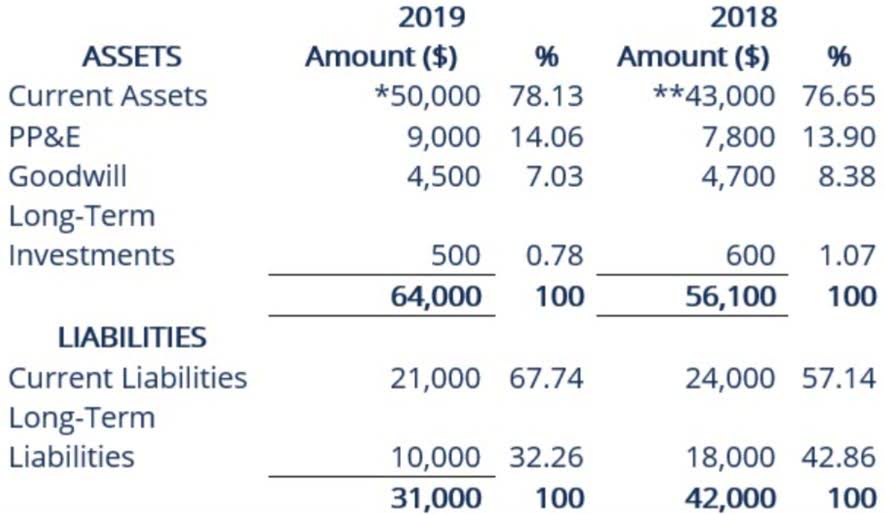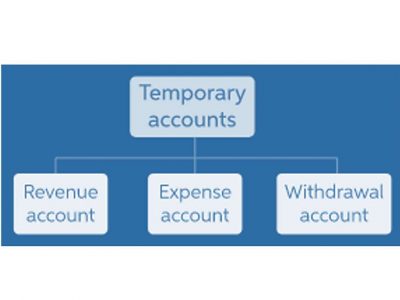
In other words, the total amount of all assets will always equal the sum of liabilities and shareholders’ equity. This equation sets the foundation of double-entry accounting, also known as double-entry bookkeeping, and highlights the structure of the balance sheet. https://www.bookstime.com/ Double-entry accounting is a system where every transaction affects at least two accounts. Likewise, if you take money out of business, your owner’s equity will decrease. For example, you go into your store and take $100 from the cashier to buy yourself a shirt.
What Are the Three Elements of the Accounting Equation?

Now that we have a basic understanding of the equation, let’s take a look at each accounting equation component starting with the assets. Accumulated Other Comprehensive Income (Loss), AOCIL, is a component of shareholders’ equity besides contributed capital and retained earnings. Because the Alphabet, Inc. calculation shows that the basic accounting equation is in balance, it’s correct. Accounting software is a double-entry accounting system automatically generating the trial balance.
- This equation is the foundation of modern double entry system of accounting being used by small proprietors to large multinational corporations.
- A recap of these changes is the statement of changes in owner’s equity.
- Current assets and liabilities can be converted into cash within one year.
- The expanded equation is used to compare a company’s assets with greater granularity than provided by the basic equation.
- Assets represent the valuable resources controlled by a company, while liabilities represent its obligations.
- If you sold your assets for exactly what you paid for them and paid off the debt, equity is what you have left over.
Accounting Equation Components
Although these numbers are basic, they are still useful for executives and analysts to get a general understanding of their business. One of the main financial statements (along with the balance sheet, the statement of cash flows, and the statement of stockholders’ equity). The income statement is also referred to as the profit and loss statement, P&L, statement of income, and the statement of operations.
Calculating a Missing Amount within Owner’s Equity
Merely placing an order for goods is not a recordable transaction because no exchange has taken place. In the coming sections, you will learn more about the different kinds of financial statements accountants generate for businesses. After six months, Speakers, Inc. is growing rapidly and needs to find a new place of business. Ted decides it makes the most financial sense for Speakers, Inc. to buy a building. Since Speakers, Inc. doesn’t have $500,000 in cash to pay for a building, it must take out a loan. Speakers, Inc. purchases a $500,000 building by paying $100,000 in cash and taking out a $400,000 mortgage.
- Only after debts are settled are shareholders entitled to any of the company’s assets to attempt to recover their investment.
- As the fintech industry continues to expand, memorizing accounting equations will become obsolete.
- Adam Hayes, Ph.D., CFA, is a financial writer with 15+ years Wall Street experience as a derivatives trader.
- We use owner’s equity in a sole proprietorship, a business with only one owner, and they are legally liable for anything on a personal level.
- This business transaction decreases assets by the $100,000 of cash disbursed, increases assets by the new $500,000 building, and increases liabilities by the new $400,000 mortgage.
Example: How to Calculate the Accounting Equation from Transactions
Hence, the account from which the amount is withdrawn gets credited, and there needs to be an account debited for the asset purchased (the account related to the asset purchased gets debited). The equations has certain rules that every company should follow. Incorrect classification of an expense does not affect the accounting equation. Understanding how the accounting equation works is one of the most important accounting skills for beginners because everything we do in accounting is somehow connected to it.

Only those accounts that exist with a balance (positive or negative) on a particular date are reflected on the balance sheet. It is seen that the total credit amount equals the total debt amount. It is fundamental to the double-entry bookkeeping system of accounting, which helps us understand from the illustration above that total assets should be equal to total liabilities. The accounting equation’s left side represents everything a business has (assets), and the right side shows what a business owes to creditors and owners (liabilities and equity). As you can see, all of these transactions always balance out the accounting equation.
Metro Corporation earned a total of $10,000 in service revenue from clients who will pay in 30 days. Shaun Conrad is a Certified Public Accountant and CPA exam expert with a passion for teaching. After almost a decade of experience in public accounting, he created MyAccountingCourse.com to help people learn accounting & finance, pass the CPA accounting equation solver exam, and start their career. Working capital indicates whether a company will have the amount of money needed to pay its bills and other obligations when due. The working capital formula is Current Assets – Current Liabilities. Not all companies will pay dividends, repurchase shares, or have accumulated other comprehensive income or loss.



